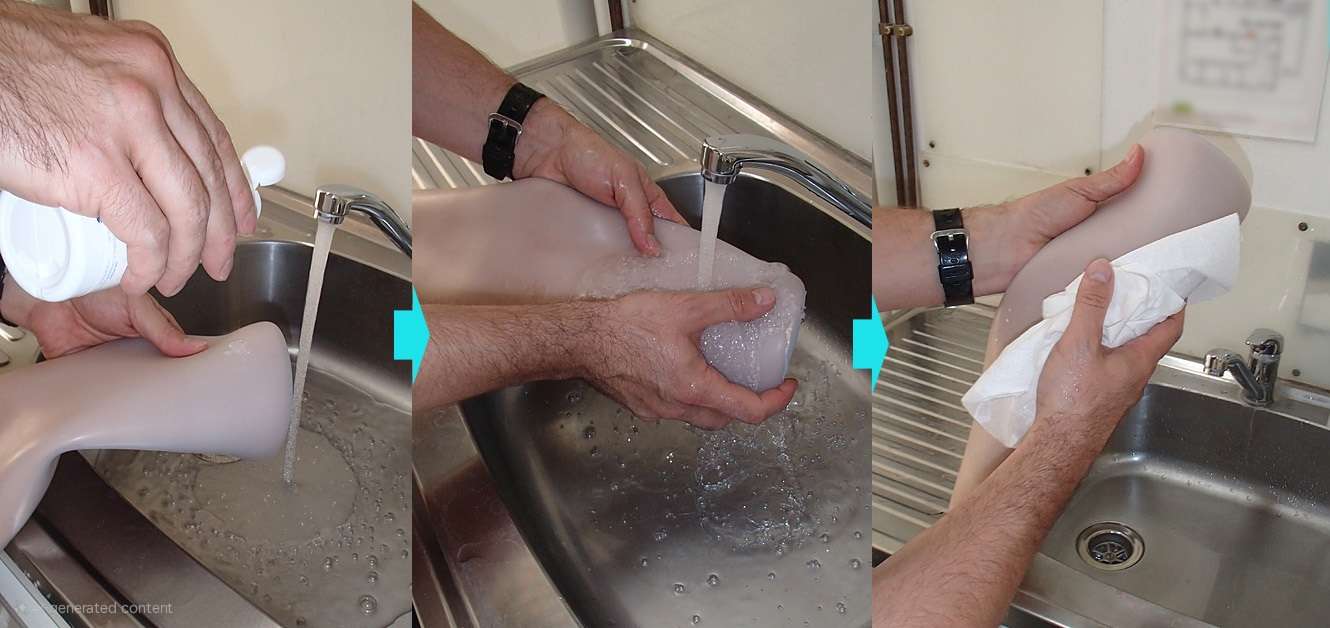Rebound O&P
Updated 1:17 PM CDT, Mon June 2, 2025
Published Under: General Prosthetics

Keeping your prosthetic liners and sleeves clean isn’t just about hygiene—it’s crucial for comfort, skin health, and the lifespan of your prosthetic gear. Whether you're new to using a prosthetic or just need a refresher, here's a practical guide to keeping your gear fresh and functional.
Why Cleaning Matters
Prosthetic liners and sleeves are worn directly against your skin, absorbing sweat and oils throughout the day. Without proper cleaning, this can lead to:
- Skin irritation or rashes
- Bacterial or fungal infections
- Odors
- Material breakdown over time
A daily cleaning routine can help you avoid these issues and keep everything performing at its best.
Daily Cleaning Routine
What you’ll need:
- Mild, unscented antibacterial soap
- Warm water (not hot!)
- Clean towel or cloth
- Optional: alcohol-free antibacterial spray (as recommended by your prosthetist)
Steps:
- Remove the liner or sleeve from your prosthetic.
- Wash by hand using warm water and a small amount of mild soap. Avoid using harsh detergents or anything with alcohol, perfumes, or dyes.
- Rinse thoroughly to remove all soap residue—leftover soap can irritate your skin.
- Pat dry with a clean towel or hang to air dry (avoid direct sunlight or heat sources like radiators).
- Inspect the liner/sleeve for any signs of damage, wear, or irritation points.
✨ Pro tip: Make it a habit to wash your liners and sleeves at the end of the day so they have plenty of time to dry overnight.
Weekly Deep Clean
Once a week, do a more thorough clean to remove deeper buildup. You can:
- Soak the liner/sleeve in a mix of warm water and mild soap for 10–15 minutes.
- Use a soft brush (like a toothbrush) to gently scrub any stubborn areas.
- Disinfect using a prosthetic-safe cleaner (ask your prosthetist for recommended brands).
What Not to Do
- ❌ Don’t machine wash or dry unless the manufacturer specifically says it’s okay.
- ❌ Don’t use bleach, alcohol, or antibacterial wipes.
- ❌ Don’t expose liners to high heat (e.g., hair dryers, dryers, or direct sun).
- ❌ Don’t skip cleaning—especially after exercise or warm days.
When to Replace
Even with good care, liners and sleeves wear out. Keep in mind, most liners, sleeves, and prosthetic socks have about a 6-month life span. That may differ on usage and activity level. If you notice:
- Persistent odor
- Thinning material
- Tears or holes
- Skin irritation that won’t go away
…it might be time to replace it. Talk to your prosthetist to be sure.
Final Thoughts
A clean prosthetic liner or sleeve isn’t just a nice-to-have—it’s essential for your daily comfort and mobility. Build cleaning into your daily routine, and your gear (and skin) will thank you.
Got any specific brands or cleaning products you're curious about? Drop a comment or check with your prosthetist for personalized advice.

Comments